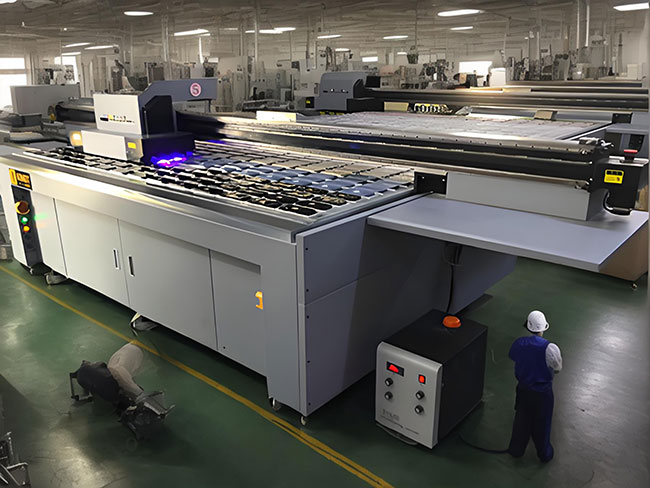-
What materials are used to make the phone case?
Phone Case ViewCount
In today's era of widespread use of smartphones, the importance of phone cases as accessories that protect the phone screen and body, showcase personality and taste is self-evident. With the increasing awareness of environmental protection, consumers are paying more and more attention to whether the materials used in the production of phone cases are environmentally friendly, in addition to their appearance design and practicality when choosing them. So, what materials are used in the production of phone cases, and how are environmental protection concepts taken into account while meeting protection needs?

Firstly, one of the most common materials for phone cases is silicone. Silicone phone cases are highly favored by consumers for their softness, durability, and anti slip properties. High quality silicone material is non-toxic and odorless, harmless to the human body, and can be recycled and reused, meeting environmental protection requirements. Manufacturers use precise mold injection molding technology to inject liquid silicone into the mold, which cools and solidifies to form various shapes of phone cases. This not only protects the phone, but also reflects the concept of environmental protection.
Secondly, plastic is also one of the commonly used materials in the production of phone cases. But unlike traditional plastics, modern phone case manufacturers tend to use environmentally friendly plastics such as biodegradable plastics or recycled plastics. These materials reduce environmental pollution while maintaining the lightweight and sturdy characteristics of plastic shells. Through advanced processing technology, manufacturers can shape environmentally friendly plastics into various fashionable patterns and colors to meet the personalized needs of consumers.

In addition, some phone cases use more unique environmentally friendly materials, such as bamboo fiber, corn starch based bioplastics, etc. Bamboo fiber phone cases are favored for their natural texture, antibacterial and mildew resistant properties, while corn starch based bioplastics can degrade quickly in natural environments, reducing the long-term impact of plastic waste on the environment. The application of these innovative materials not only demonstrates phone cases manufacturers' commitment to environmental protection, but also provides consumers with more diversified choices.
In short, the materials used to make phone cases are developing towards a more environmentally friendly and sustainable direction. Manufacturers not only pursue product aesthetics and practicality, but also pay more attention to the environmental performance of materials, striving to contribute to the earth's environment while protecting mobile phones. In the future, with the advancement of technology and the improvement of environmental awareness, we have reason to believe that the materials used to make phone cases will become more diverse and environmentally friendly, bringing more surprises and convenience to our lives.
Factory production workshop |

|

|

|
Rarticle:
- A heartwarming neighbor story triggered by a mobile phone cable
- Mobile phone holder changes modern people's viewing habits
- Innovative application of biodegradable materials in the field of mobile phone screen protectors
- The secret garden inside the phone case
- Intelligent mobile power bank changes the daily life of urban explorers
- Small flash drive, big adventure
- How Micro SD Card Leads the Storage Revolution in the Drone Industry
- Transforming the built-in headphones of mobile phones and exploring a new realm of DIY audio
- Small phone holder, big creative stage
- A mobile phone charging cable, the invisible guardian of outdoor explorers
- Category
-
- Search
-
- Friend link
-